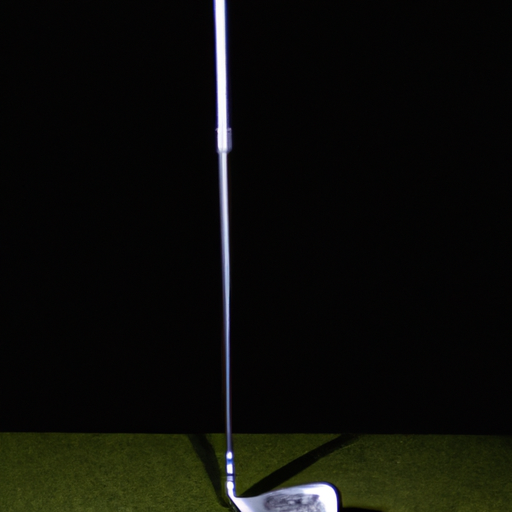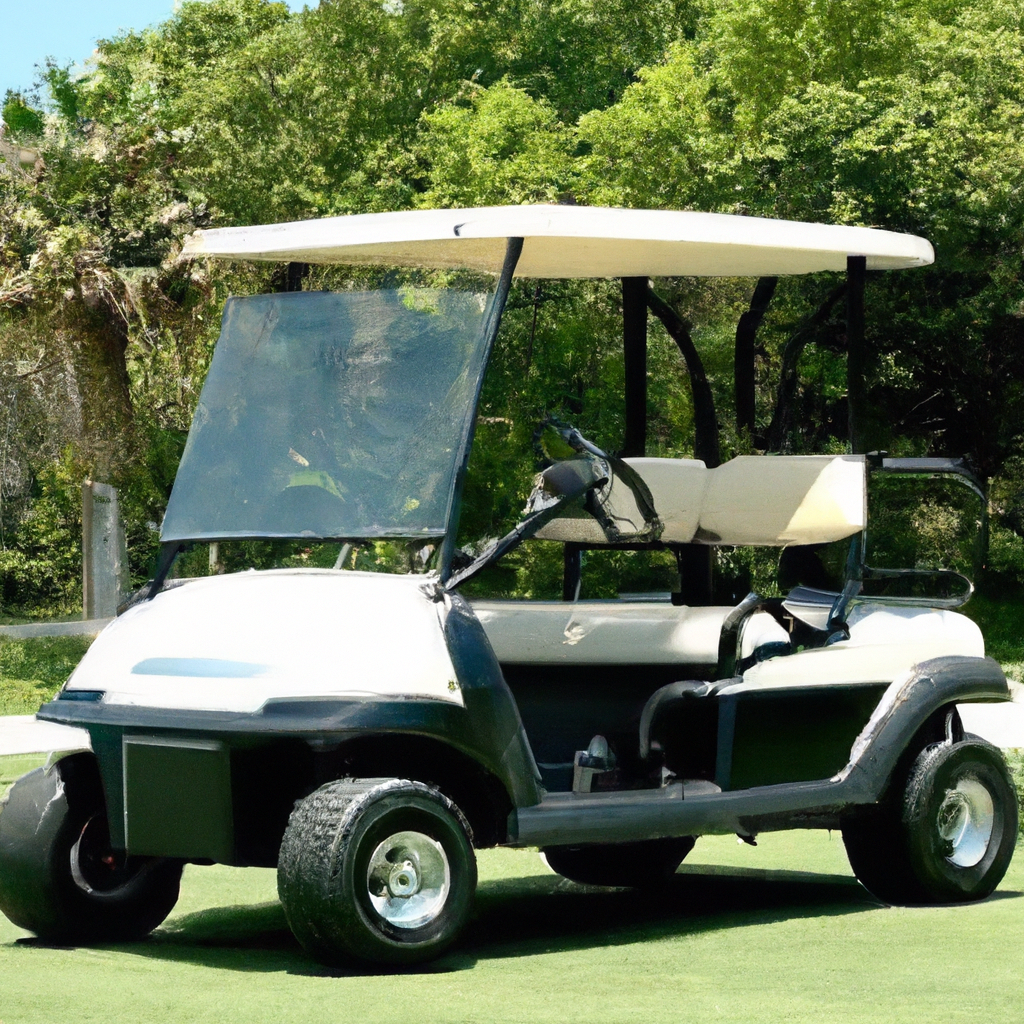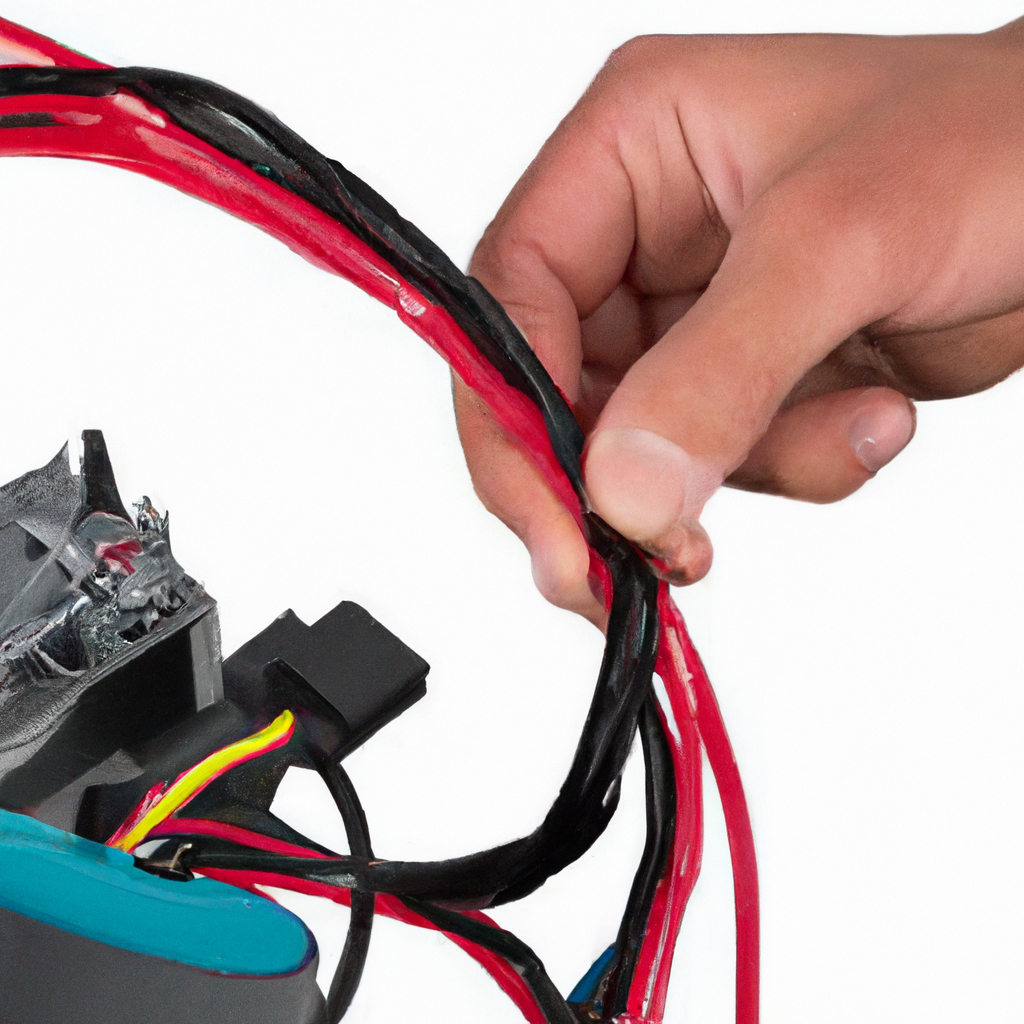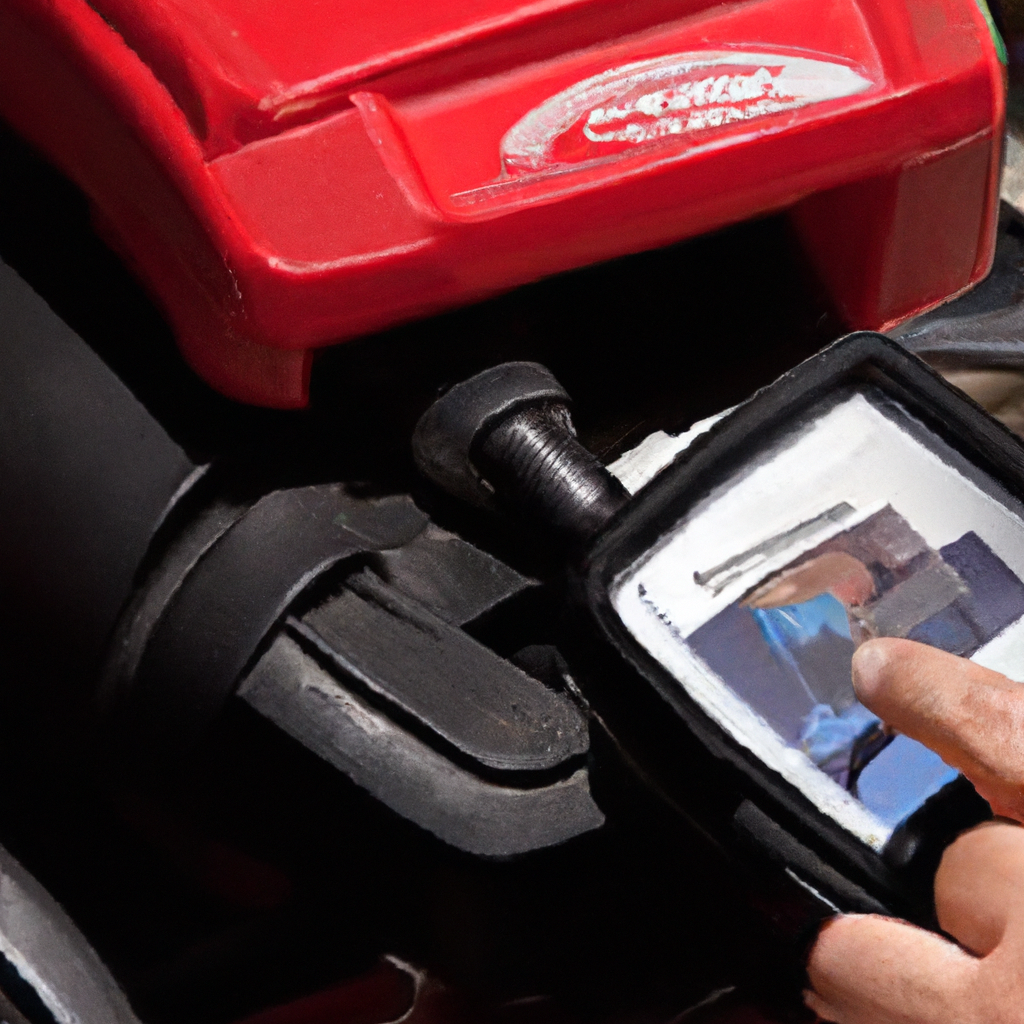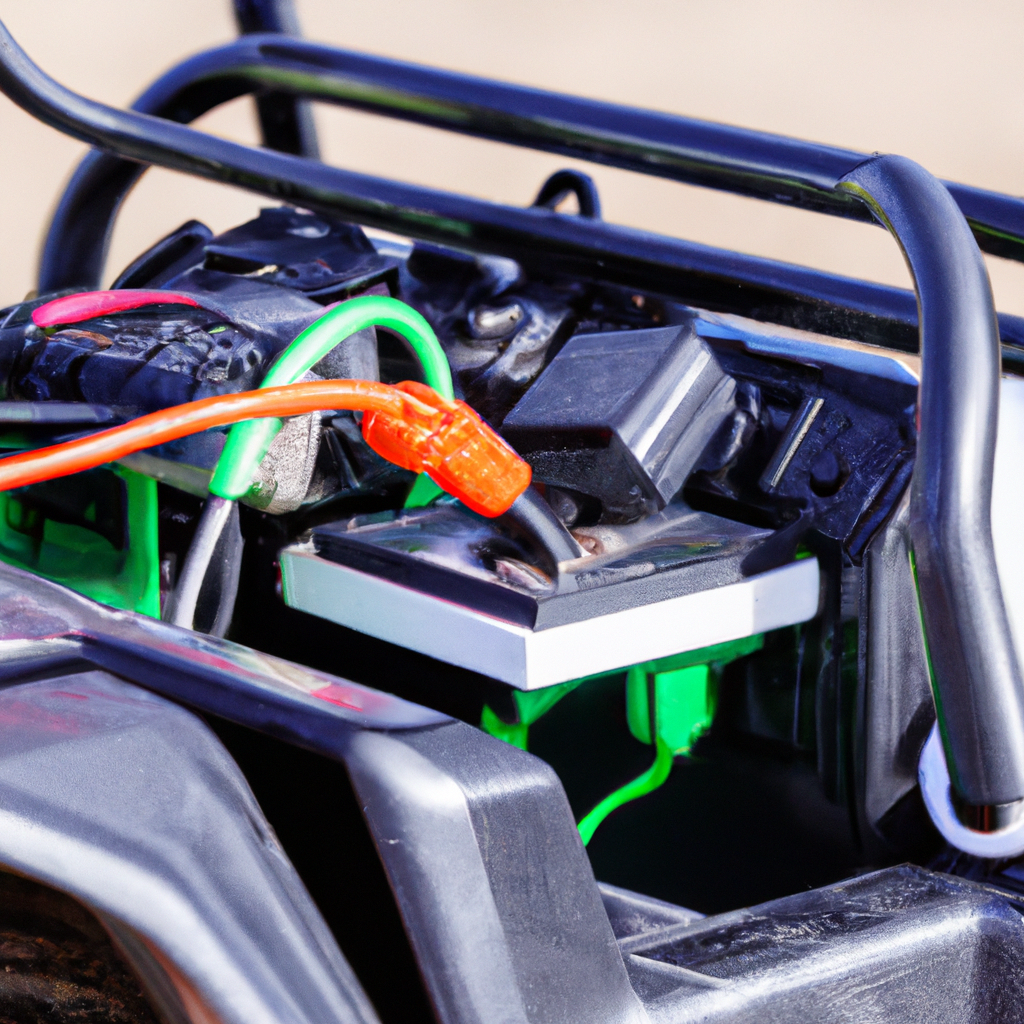If you’re a newcomer to the world of golf, you may have come across the term “club fitting” and wondered what it means. Well, in this beginner’s guide, we’re going to explore a specific aspect of club fitting – how to lengthen your golf clubs. Whether you’re aiming for more distance or better ball control, adjusting the length of your clubs can make a significant difference to your game. So, let’s dive in and discover the simple techniques you can use to extend your golf clubs and improve your swing.
Why Lengthen Your Golf Clubs
Improves your swing
Lengthening your golf clubs can greatly improve your swing. When your clubs are properly fitted to your body and swing, you can achieve better control, accuracy, and consistency. Having the right club length allows you to maintain a proper posture and address the ball in the correct position. This, in turn, helps you maintain a more balanced and powerful swing, resulting in improved ball striking.
Increases distance
One of the key benefits of lengthening your golf clubs is the potential to increase your distance. When your clubs are the right length for your body, it allows for a more efficient transfer of energy from your swing to the ball. This means that you can generate more clubhead speed and ultimately hit the ball farther. By maximizing the potential of your swing, you can gain those extra yards that can make a significant difference in your overall performance on the course.
Improves overall performance
By lengthening your golf clubs, you not only improve your swing mechanics and increase your distance, but you also enhance your overall performance on the course. With properly fitted clubs, you can achieve a more consistent ball flight pattern, which allows you to better control your shots. This can lead to more accurate approaches to the green, resulting in shorter putts and ultimately lower scores. Lengthening your golf clubs is an investment in improving your game and enjoying a more satisfying and rewarding golfing experience.
Determining If You Need Longer Golf Clubs
Factors to consider
There are a few factors to consider when determining if you need longer golf clubs. First and foremost is your height. Taller golfers generally require longer clubs to accommodate their body proportions. Another factor to consider is your arm length. If you have longer arms in relation to your height, it may be an indication that longer clubs would be beneficial for you. Additionally, your swing characteristics should be taken into account. If you frequently find yourself reaching and stretching for the ball during your swing, it could be a sign that your clubs are too short.
Checking your posture and swing
An important step in determining if you need longer golf clubs is to evaluate your posture and swing mechanics. Stand in your address position with your current clubs and observe if your posture feels natural and comfortable. If you feel cramped or hunched over, it could be an indication that your clubs are too short. Similarly, pay attention to your swing and how your arms and hands interact with the club. If your wrists are excessively bent or if you are struggling to find the sweet spot on a consistent basis, it may be time to consider longer clubs.
Consulting a professional
While self-assessment can provide some insight, it is highly recommended to consult a professional club fitter or golf instructor. These experts have the knowledge and experience to accurately assess your swing characteristics, body measurements, and overall game. They can provide valuable guidance and recommend the ideal club length for your specific needs. A professional fitting can help you make an informed decision and ensure that you are maximizing your potential on the golf course.
Methods to Lengthen Your Golf Clubs
Using lead tape
What is lead tape
Lead tape is a versatile and commonly used method for adjusting the weight and length of golf clubs. It is a thin strip of adhesive-backed lead that can be easily applied to the clubhead or shaft to add weight and length. Lead tape is available in various weights, allowing for precise customization based on your specific requirements.
Applying lead tape
To apply lead tape, start by cleaning the area of the clubhead or shaft where the tape will be applied. Cut the tape into desired lengths and carefully apply it in a straight line along the target area. Make sure to press the tape firmly onto the surface to ensure proper adhesion. Once the tape is applied, you can fine-tune the weight and length by adding or removing tape as needed.
Testing and adjusting
After applying lead tape to your golf club, it is crucial to test and adjust its performance. Take the club to the driving range and hit a few shots to gauge the impact of the added weight and length. Pay attention to how the club feels during the swing and how the ball flight has changed. If necessary, make further adjustments by adding or removing tape until you achieve the desired results.
Adding Extensions
What are extensions
Extensions are cylindrical pieces that are inserted into the butt end of the club’s shaft to increase club length. They are typically made of graphite or steel and come in various sizes to accommodate different shaft diameters. Extensions are an effective method for lengthening golf clubs, especially if the increase needed is relatively small.
Types of extensions
There are two main types of extensions: straight extensions and stepped extensions. Straight extensions are uniform in diameter throughout their length and provide a consistent increase in club length. Stepped extensions, on the other hand, have multiple diameters, allowing for more precise adjustments to club length. Both types of extensions can be easily installed and provide a secure and stable lengthening solution.
How to install extensions
To install extensions, start by removing the club’s grip using a grip removal tool. Once the grip is removed, carefully measure and mark the desired length increase on the shaft. Apply epoxy adhesive to the inside of the extension and insert it into the butt end of the shaft, making sure it is fully seated. Allow the epoxy to cure according to the manufacturer’s instructions before re-gripping the club.
Testing and adjusting
After installing extensions, it is important to test and adjust their impact on your swing and performance. Take the club to the practice range and hit a series of shots, paying attention to how the club feels and how the ball reacts. If you find any issues with the club’s performance or if it feels uncomfortable during the swing, consider making further adjustments to the extension length or seeking professional guidance.
Replacing Shafts
Reasons for shaft replacement
Replacing the shafts of your golf clubs is another method to effectively lengthen them. This option is particularly suitable if you require a significant increase in club length or if your current shafts are damaged or outdated. By replacing the shafts, you can ensure that your clubs are properly fitted to your swing and body, leading to improved performance on the course.
Types of shafts
When considering shaft replacement, you have a variety of options to choose from. Graphite shafts are popular due to their lightweight nature, which allows for increased swing speed and distance. Steel shafts, on the other hand, offer durability and stability, making them suitable for players with aggressive swings. Hybrid shafts combine the characteristics of both graphite and steel, providing a balanced performance for a wide range of golfers.
How to replace a shaft
Replacing a shaft should ideally be done by a professional club fitter or a skilled club technician. They have the expertise and tools necessary to safely and accurately remove the old shaft and install the new one. The process involves removing the clubhead from the old shaft, preparing the new shaft for installation, and then securely attaching the clubhead to the new shaft. Once the new shaft is in place, the club should be tested and adjusted to ensure optimal performance.
Testing and adjusting
After replacing the shafts of your golf clubs, it is important to test and adjust the clubs to your liking. Take them to the driving range or golf course and hit a variety of shots to assess their performance. Pay attention to how the clubs feel during the swing, the ball flight, and your overall comfort. If necessary, consult with a professional fitter to make any further adjustments to ensure that your clubs are delivering the desired results.
Using Adjustable Clubs
Understanding adjustable clubs
Adjustable clubs have become increasingly popular in recent years, offering golfers the ability to customize club length, loft, and lie angle. These clubs feature adjustable hosels or shaft systems that allow for quick and easy modifications. Adjustable clubs provide a convenient solution for lengthening your golf clubs as they enable you to fine-tune your equipment without the need for extensive modifications or replacements.
How to adjust club length
Adjusting club length on adjustable clubs typically involves loosening a bolt or screw on the club’s hosel or shaft sleeve. This allows you to extend or retract the shaft to your desired length. Once the adjustment is made, you can tighten the bolt or screw to secure the new club length. It is important to follow the manufacturer’s instructions and use the appropriate tools to ensure proper adjustments and avoid damage to the club.
Testing and adjusting
After adjusting the length of your adjustable clubs, it is important to test and adjust their performance. Take them to the range and hit a series of shots to assess how the adjustments have affected your swing and ball flight. Pay attention to how the clubs feel during the swing, the consistency of your strikes, and the overall control and distance. If further adjustments are necessary, consult the club’s manual or seek guidance from a professional to fine-tune your equipment.
Custom-Fitting
Benefits of custom-fitting
Custom-fitting is the ultimate solution for lengthening your golf clubs. It involves a comprehensive analysis of your swing, body measurements, and overall game characteristics to ensure that your equipment is perfectly suited to your individual needs. By undergoing a custom-fitting session, you can achieve the optimal club length that maximizes your performance on the course. Custom-fitting not only enhances your swing mechanics and distance but also improves your accuracy, consistency, and overall enjoyment of the game.
Finding a professional fitter
To experience the benefits of custom-fitting, it is important to find a reputable and experienced professional fitter. Look for fitters who are certified and have a track record of providing high-quality fittings. Golf specialty stores, club manufacturers, and golf academies often offer custom-fitting services. Take the time to research and read reviews to ensure that you are working with a trusted professional who can accurately assess your needs and guide you throughout the fitting process.
Process of custom-fitting
A custom-fitting session typically starts with a discussion about your golfing goals, swing tendencies, and any specific concerns or preferences you may have. The fitter will then take measurements of your height, arm length, and hand size to determine the appropriate club length. Using launch monitors and other fitting tools, the fitter will analyze your swing characteristics, ball flight, and impact conditions. Based on this data, they will recommend the ideal club length for each club in your bag. You may have the opportunity to test various options before final adjustments are made.
Considerations for Lengthening Golf Clubs
Clubhead weight
It is important to consider the relationship between club length and clubhead weight when lengthening your golf clubs. As you increase the length, the swing weight of the club may decrease. Swing weight refers to the balance and feel of the club during the swing. To maintain a consistent feel, you may need to add weight to the clubhead, such as lead tape, to ensure the swing weight remains appropriate for your swing
Grip size
When lengthening your golf clubs, it is also crucial to consider the grip size. As the clubs become longer, the grip may feel too small in relation to the increased length. A grip that is too small can lead to grip tension and a decrease in control. It is advisable to consult a professional to determine the appropriate grip size based on your hand measurements and to ensure a comfortable and secure grip on the club.
Balancing club length with other club specifications
While lengthening your golf clubs can provide benefits, it is essential to maintain a balanced approach when considering other club specifications. Factors such as clubhead design, shaft flex, and loft angles should also be taken into account to ensure that your entire set of clubs is properly matched. Seeking professional advice and getting a comprehensive club fitting can help you strike the right balance between club length and other important club specifications.
Safety Precautions
Consulting a professional
Before making any modifications to your golf clubs, it is strongly advised to consult a professional club fitter or golf instructor. They have the expertise to accurately assess your needs and guide you through the process of lengthening your clubs. Consulting a professional will ensure that the modifications are done properly and safely, avoiding any potential damage to your clubs or negative impact on your swing and game.
Avoiding excessive lengthening
While lengthening your golf clubs can be beneficial, it is important to avoid excessive lengthening. Adding too much length can negatively affect your swing mechanics and lead to inconsistency and loss of control. It is crucial to find the optimal length for your swing and body, which may vary depending on factors such as height, arm length, and swing characteristics. Working with a professional fitter will help you determine the appropriate length for your clubs, ensuring a more effective and enjoyable golfing experience.
Testing and monitoring
After lengthening your golf clubs, it is important to regularly test and monitor their performance. Take the clubs to the range or the course and evaluate how they feel during the swing, the ball flight, and your overall performance. If you notice any issues or changes in your game, consider seeking professional guidance to make necessary adjustments. Regular monitoring will ensure that your lengthened clubs continue to serve you well and contribute to your overall improvement as a golfer.
In conclusion, lengthening your golf clubs can have a significant impact on your swing, distance, and overall performance on the golf course. By considering factors such as your height, arm length, and swing characteristics, you can determine if longer clubs are necessary for you. Various methods are available for lengthening your clubs, including using lead tape, adding extensions, replacing shafts, using adjustable clubs, and custom-fitting. Each method has its own advantages and considerations. It is important to consult a professional, adhere to safety precautions, and regularly test and monitor the performance of your lengthened clubs. By taking these steps, you can optimize your equipment and enjoy a more rewarding and successful golfing experience.
